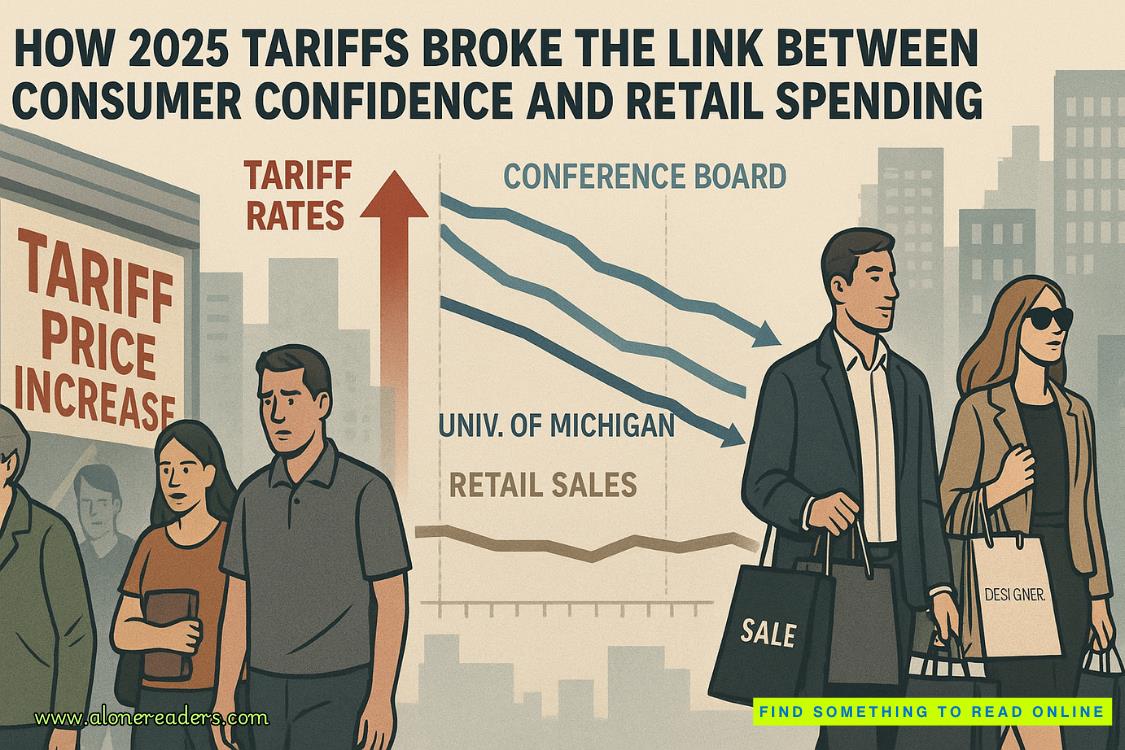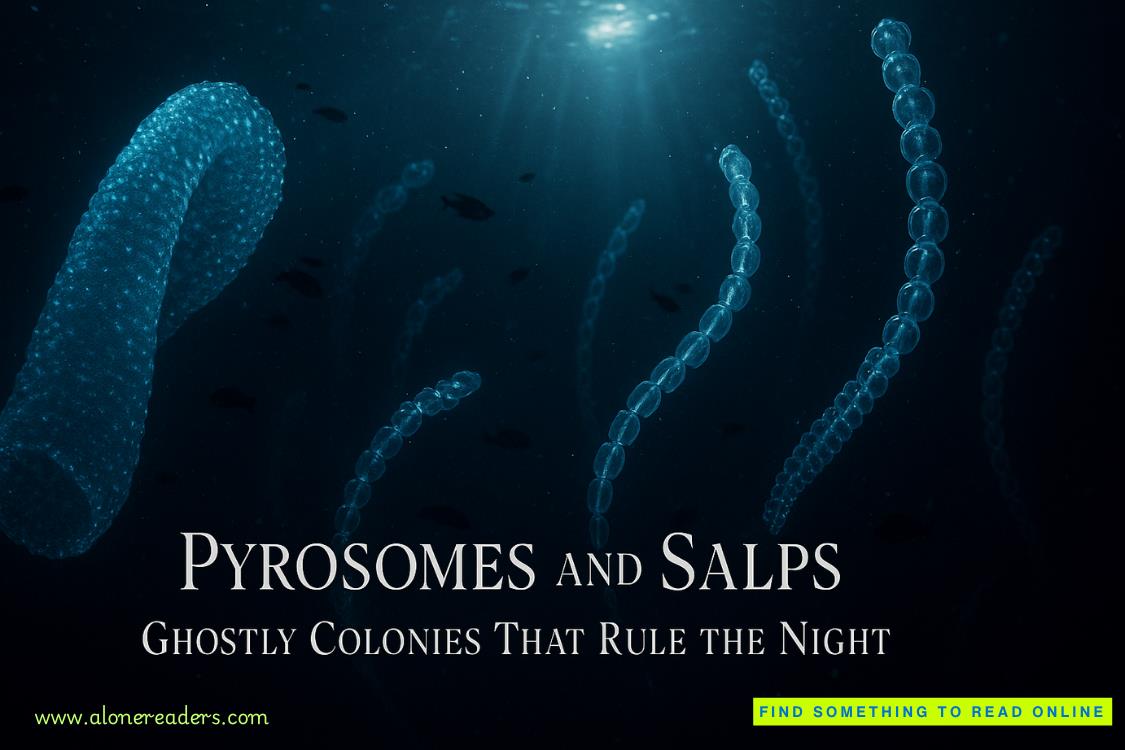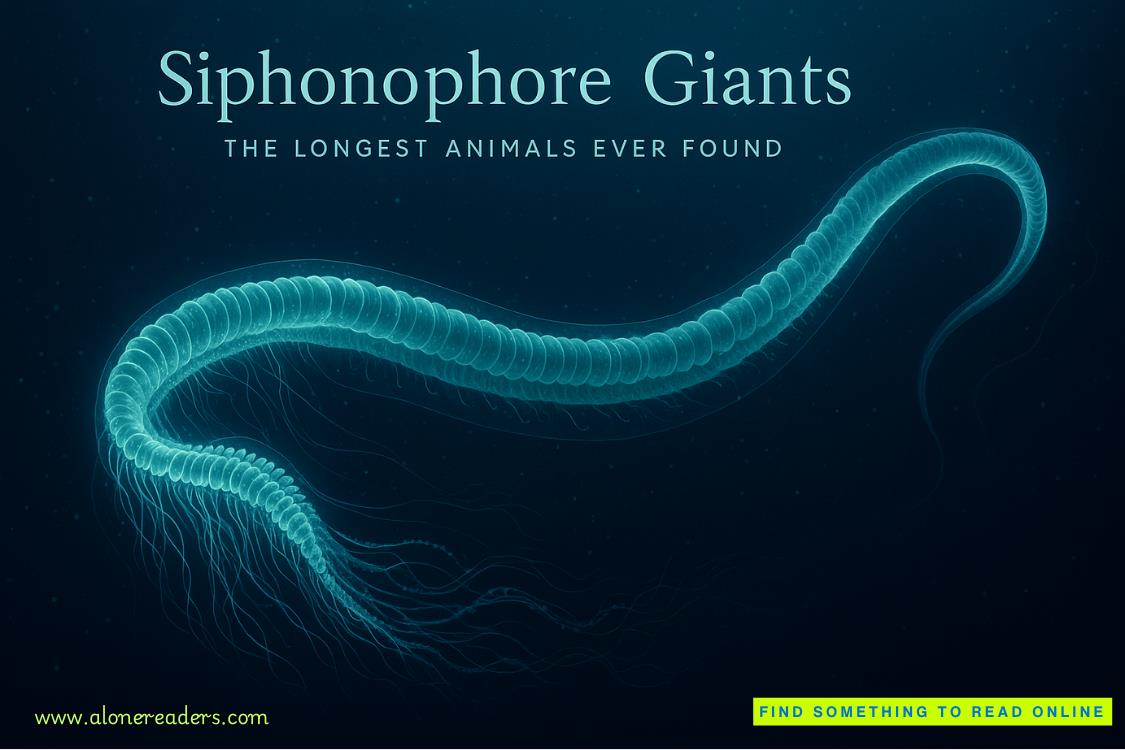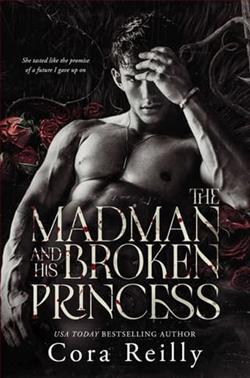Page 7 of The Final Diagnosis
Meanwhile McNeil had applied himself to the head. First he made an incision across the vertex of the skull, starting slightly behind each ear and cutting above the hairline so the mark would not be visible if the body were placed on view by the dead man’s family. Then, using all the strength in his fingers, he peeled the scalp forward in one piece, so that all the flesh from the head was bunched over, the front of the face, covering the eyes. The entire skull was now exposed, and McNeil picked up the portable electric saw which was already plugged in. Before he switched it on he looked over at the student nurses to find them watching him with a mixture of incredulity and horror. Take it easy, girls, he thought; in a few minutes you’ll have seen it all.
Pearson was carefully removing the heart and lungs when McNeil applied the saw to bone. The metallic “scrunch” of the oscillating steel teeth biting into the skull cut grimly across the quiet room. Glancing up, he saw the girl with the handkerchief flinch; if she was going to vomit he hoped it wouldn’t be in here. He kept the blade cutting until the top of the skull was severed. He put down the saw. George Rinne would remove the blood from it when he cleaned all the instruments later. Now McNeil carefully pried loose the skull, exposing the soft membrane covering the brain beneath. Again he glanced at the nurses. They were standing up to it well; if they could take this they could take anything.
With the bony portion of the skull removed, McNeil took sharp scissors and opened the large vein—the superior sagittal sinus—which ran from front to rear along the center of the membrane. The blood poured out, spilling over the scissors and his fingers. It was fluid blood, he noted; there was no sign of thrombosis. He inspected the membrane carefully, then cut and lifted it clear to expose the mass of brain beneath. Using a knife, he carefully severed the brain from the spinal cord and eased it out. Seddons joined him, holding a glass jar half full of formalin, and McNeil gently lowered the brain into it.
Watching McNeil, his hands steady and competent, Seddons found himself wondering again what went on in the pathology resident’s mind. He had known McNeil for two years, first as a fellow resident, though senior to himself in the hospital’s pyramid system, and then more closely during his own few months in Pathology. Pathology had interested Seddons; he was glad, though, it was not his own chosen specialty. He had never had second thoughts about his personal choice of surgery and would be glad when he went back to it in a few weeks’ time. In contrast to this domain of the dead the operating room was a territory of the living. It was pulsing and alive; there was a poetry of motion, a sense of achievement he knew he could never find here. Each to his own, he thought, and pathology for the pathologists.
There was something else about pathology. You could lose your sense of reality, your awareness that medicine was of and for human beings. This brain now . . . Seddons found himself acutely aware that just a few hours ago it was the thinking center of a man. It had been coordinator of the senses—touch, smell, sight, taste. It had held thoughts, known love, fear, triumph. Yesterday, possibly even today, it could have told the eyes to cry, the mouth to drool. He had noticed the dead man was listed as a civil engineer. This, then, was a brain that had used mathematics, understood stresses, devised construction methods, perhaps had built houses, a highway, a water works, a cathedral—legacies from this brain for other humans to live with and use. But what was the brain now?—just a mass of tissue, beginning to be pickled and destined only to be sliced, examined, then incinerated.
Seddons did not believe in God and he found it hard to understand how educated people could. Knowledge, science, thought—the more these advanced, the more improbable all religions became. But he did believe in what, for lack of better phrases, he thought of as “the spark of humanity, the credo of the individual.” As a surgeon, of course, he would not always deal with individuals; nor would he always know his patients, and even when he did he would lose awareness of them in concentrating on problems of technique. But long ago he had resolved never to forget that beneath everything was a patient—an individual. In his own training Seddons had seen the cocoon of personal isolation—a safeguard against close contact with individual patients—grow around others. Sometimes it was a defensive measure, a deliberate insulation of personal emotions and personal involvement. He felt strong enough himself, though, to get along without the insulation. Moreover, to make sure it did not grow, he forced himself sometimes to think and soliloquize as he was doing now. Perhaps it would surprise some of his friends who thought of Mike Seddons only as a buoyant extrovert to know some of the thoughts that went on inside him. Perhaps it wouldn’t, though; the mind, brain—or whatever you called it—was an unpredictable machine.
What of McNeil? Did he feel anything, or was there a shell around the pathology resident too? Seddons did not know, but he suspected there was. And Pearson? He had no doubts there. Joe Pearson was cold and clinical all the way through. Despite his showmanship the years of pathology had chilled him. Seddons looked at the old man. He had removed the heart from the body and was scrutinizing it carefully. Now he turned to the student nurses.
“The medical history of this man shows that three years ago he suffered a first coronary attack and then a second attack earlier this week. So first we’ll examine the coronary arteries.” As the nurses watched intently Pearson delicately opened the heart-muscle arteries.
“Somewhere here we should discover the area of thrombosis . . . yes, there it is.” He pointed with the tip of a metal probe. In the main branch of the left coronary artery, an inch beyond its origin, he had exposed a pale, half-inch clot. He held it out for the girls to see.
“Now we’ll examine the heart itself.” Pearson laid the organ on a dissecting board and sliced down the center with a knife. He turned the two sections side by side, peered at them, then beckoned the nurses closer. Hesitantly they moved in.
“Do you notice this area of scarring in the muscle?” Pearson indicated some streaks of white fibrous tissue in the heart, and the nurses craned over the gaping red body cavity to see more closely. “There’s the evidence of the coronary attack three years ago—an old infarct which has healed.”
Pearson paused, then went on. “We have the signs of the latest attack here in the left ventricle. Notice the central area of pallor surrounded by a zone of hemorrhage.” He pointed to a small dark-red stain with a light center, contrasting with the red-brown texture of the rest of the heart muscle.
Pearson turned to the surgical resident. “Would you agree with me, Dr. Seddons, that the diagnosis of death by coronary thrombosis seems fairly well established?”
“Yes, I would,” Seddons answered politely. No doubt about it, he thought. A tiny blood clot, not much thicker than a piece of spaghetti; that was all it took to cut you off for good. He watched the older pathologist put the heart aside.
Vivian was steadier now. She believed she had herself in hand. Near the beginning, and when the saw had cut into the dead man’s skull, she had felt the blood drain from her head, her senses swim. She knew then she had been close to fainting and had determined not to. For no reason she had suddenly remembered an incident in her childhood. On a holiday, deep in the Oregon forest, her father had fallen on an open hunting knife and cut his leg badly. Surprisingly in so strong a man, he had quailed at the sight of so much of his own blood, and her mother, usually more at home in the drawing room than the woods, had become suddenly strong. She had fashioned a tourniquet, stemmed the blood, and sent Vivian running for help. Then, with Vivian’s father being carried through the woods on an improvised litter of branches, every half-hour she had released the tourniquet to keep circulation going, then tightened it to halt the bleeding again. Afterward the doctors had said she had saved the leg from amputation. Vivian had long since forgotten the incident, but remembering it now had given her strength. After that she knew there would not be any problem about watching an autopsy again.
“Any questions?” It was Dr. Pearson asking.
Vivian had one. “The organs—those that you take out of the body. What happens to them, please?”
“We shall keep them, probably for a week. That is—the heart, lungs, stomach, kidneys, liver, pancreas, spleen, and brain. Then we shall make a gross examination which will be recorded in detail. At that time also we’ll be studying organs removed at other autopsies—probably six to a dozen cases all together.”
It sounded so cold and impersonal, Vivian thought. But maybe you had to get that way if you did this all the time. Involuntarily she shuddered. Mike Seddons caught her eye and smiled slightly. She wondered if he was amused or being sympathetic. She could not be sure. Now one of the other girls, was putting a question. She sounded uneasy, almost afraid to ask. “The body—is it buried then . . . just by itself?”
This was an old one. Pearson answered it. “It varies. Teaching centers such as this usually do more study after autopsies than is done in non-teaching hospitals. In this hospital just the shell of the body goes on to the undertakers.” He added as an afterthought: “They wouldn’t thank us for putting the organs back anyway. Just be a nuisance when they’re embalming.”
That was true, McNeil reflected. Maybe not the gentlest way of putting it, but true all the same. He had sometimes wondered himself if mourners and others who visited funeral parlors knew how little remained in a body that had been autopsied. After an autopsy like this one, and depending on how busy a pathology department was, it might be weeks before the body organs were disposed of finally, and even then small specimens from each were kept stored indefinitely.
“Are there never any exceptions?” The student nurse asking the questions seemed persistent. Pearson did not appear to object though. Maybe this is one of his patient days, McNeil thought. The old man had them occasionally.
“Yes, there are,” he was saying. “Before we can do any autopsy we must have permission from the family of the deceased. Sometimes that permission is unrestricted, as in this case, and then we can examine the entire head and torso. At other times we may get only limited permission. For example, a family may ask specifically that the cranial contents be undisturbed. When that happens in this hospital we respect those wishes.”
“Thank you, Doctor.” Apparently the girl was satisfied, whatever her reason had been for asking.
But Pearson had not finished.
“You do run into cases where for reasons of religious faith the organs are required for burial with the body. In that case, of course, we comply with the request.”
“How about Catholics?” It was one of the other girls this time. “Do they insist on that?”
“Most of them don’t, but there are some Catholic hospitals which do. That makes the pathologist’s work difficult. Usually.”
As he added the last word Pearson glanced sardonically at McNeil. Both of them knew what Pearson was thinking—one of the larger Catholic hospitals across town had a standing order that the organs of all bodies autopsied were to be returned to the body for burial. But sometimes a little sleight of hand was practiced. The busy pathology department of the other hospital frequently kept a spare set of organs on hand. Thus, when a new autopsy was done, the organs removed were replaced by the spare ones, so that the body could be released and the latest set of organs examined at leisure. These organs, in turn, were then used for the next body. Thus the pathologists were, in effect, always one ahead of the game.















